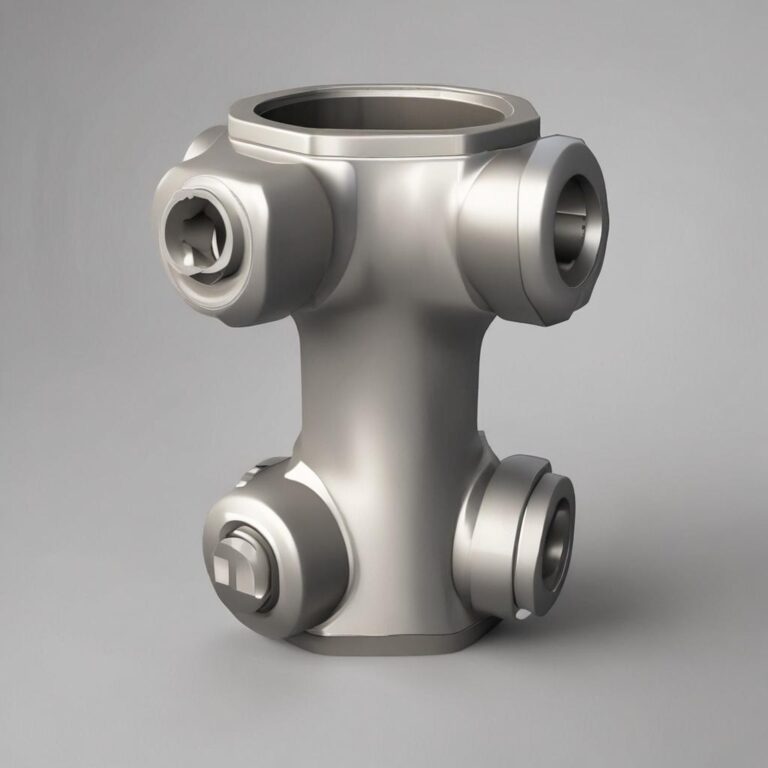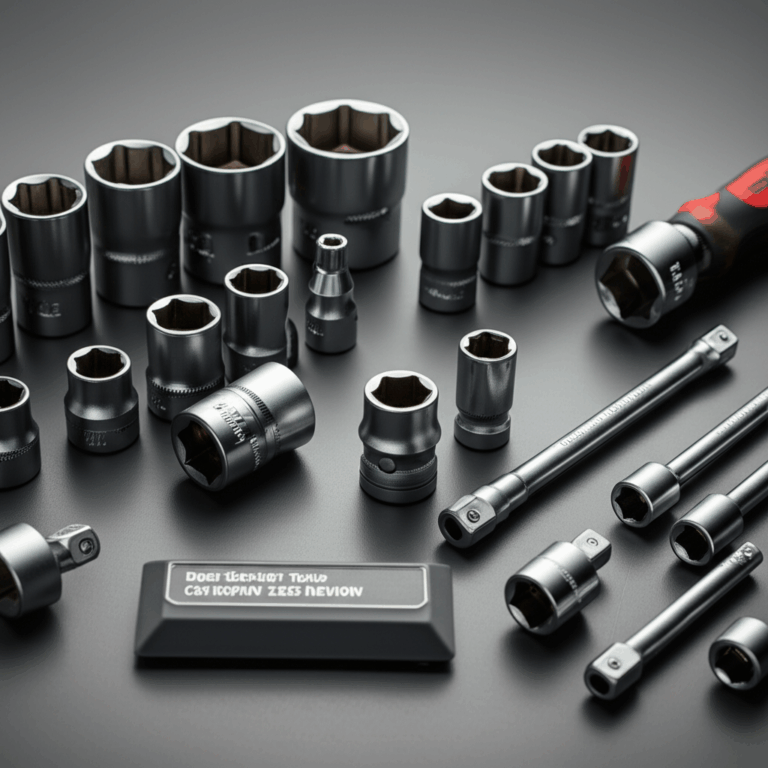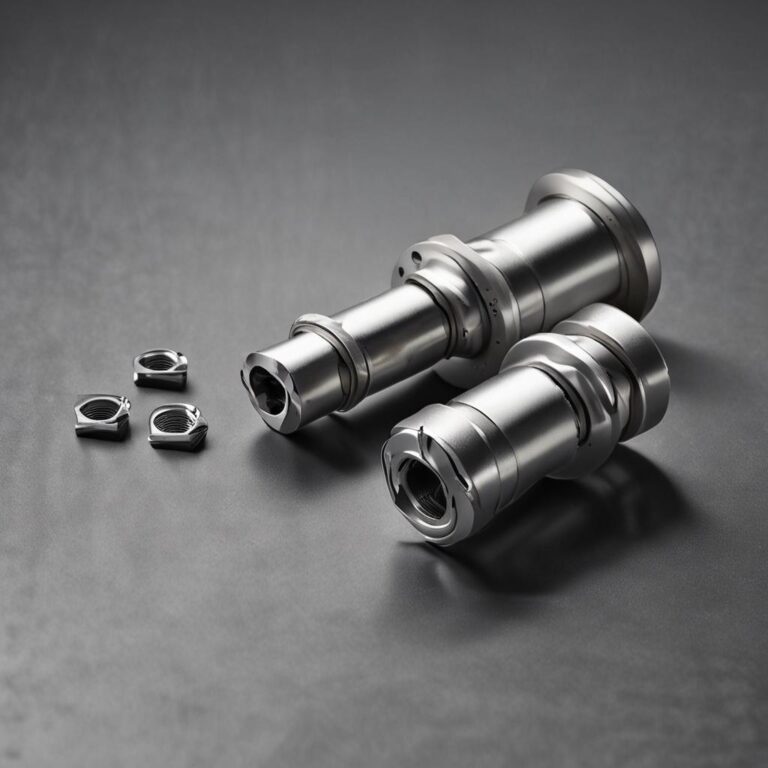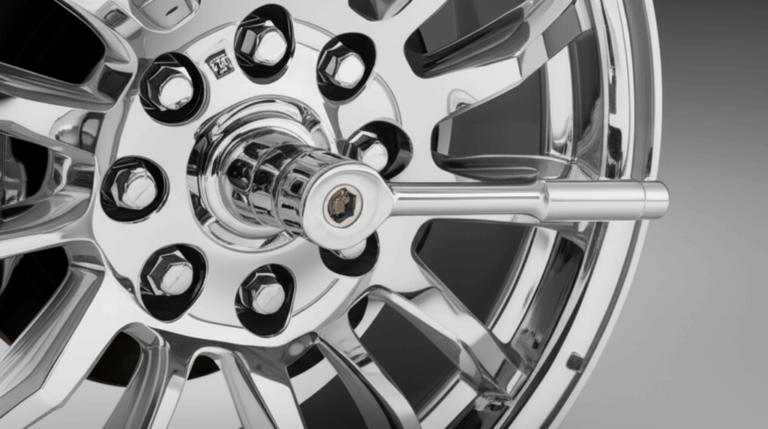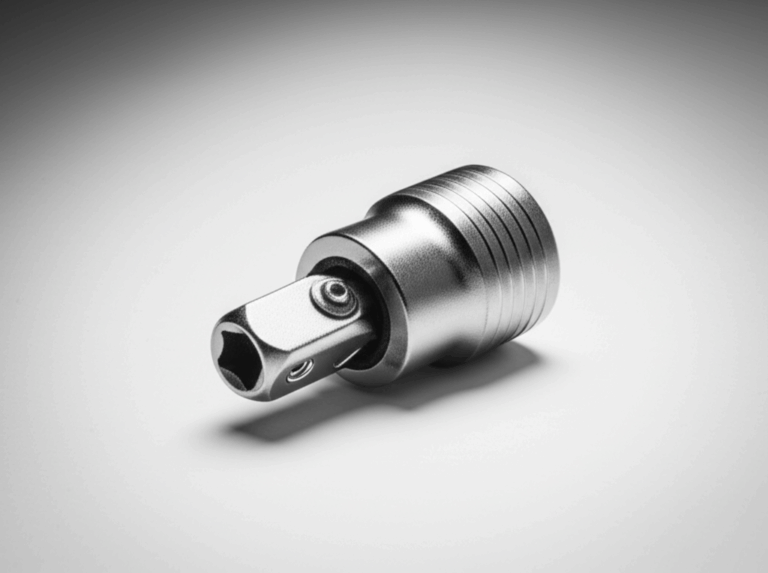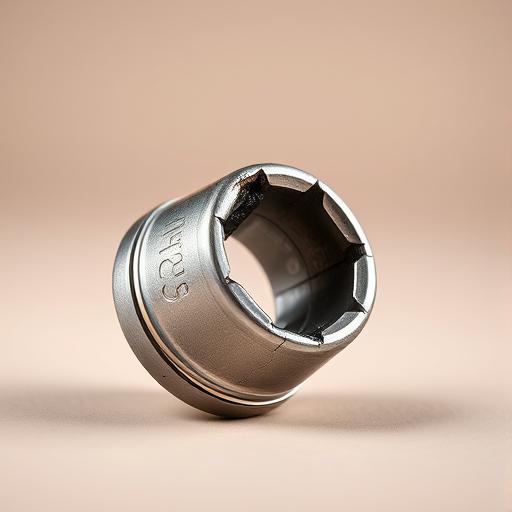Socket Size Chart Metric and Standard
When tackling mechanical or automotive repairs, selecting the right socket size is crucial to ensure efficiency and prevent damage. Sockets come in two primary measurement systems—metric and standard (SAE)—each with its own set of sizes, tools, and applications. Whether you’re a seasoned mechanic or a DIY enthusiast, understanding these differences can save time and frustration. This guide will walk you through metric vs. standard socket sizes, conversions, and best practices for choosing the perfect set for your needs.
Understanding Socket Sizes
What Are Socket Sizes?
Socket sizes refer to the dimensions of the socket’s opening, designed to fit specific fasteners like nuts and bolts. Metric sizes are measured in millimeters (e.g., 10mm), while standard (SAE) sizes use fractions of an inch (e.g., 3/8″). These tools are essential in automotive repair, plumbing, construction, and machinery maintenance, ensuring secure and precise tightening or loosening of fasteners.
Metric vs. Standard (SAE) Sizes
Comparison table for Metric vs. Standard (SAE) Sizes
The metric system is widely used globally, particularly in newer vehicles and machinery, while the standard (SAE) system remains common in older U.S. equipment. The choice between the two often depends on regional standards, the type of project, and the age of the tools or components involved. Both systems coexist due to historical and manufacturing preferences, making it important to identify which you need.
Metric Socket Size Chart
Common Metric Socket Sizes
- 6mm
These sizes are typical for everyday tasks like car maintenance or bicycle repairs. Half increments such as 10.5mm or 12.5mm are also available for specialized applications.
Specialty Metric Sizes
Heavy-duty work requires larger metric sockets, including 21mm, 22mm, 24mm, and up to 30mm. Fine-pitch sockets, like 4.5mm or 5.5mm, are tailored for tight spaces in electronics or precision machinery, reducing the risk of damage.
How to Measure Bolt Sizes for Metric Sockets
To measure a metric bolt, use digital calipers to check the diameter of the fastener’s head. Common mistakes include misidentifying M6 (6mm) and M8 (8mm) bolts, which can lead to stripped threads. Always cross-verify with a labeled socket set or reference chart.
Standard (SAE) Socket Size Chart
Common Standard Socket Sizes
- 3/8″
These sizes are staples in classic American vehicles and older industrial equipment. For example, 1/2″ (12.7mm) is frequently used for automotive wheel lug nuts.
Specialty Standard Sizes
Industrial applications often demand larger standard sizes like 15/16″ or 1-1/8″, while fine-pitch options such as 5/16″ are ideal for delicate tasks like furniture assembly or electrical work.
How to Measure Bolt Sizes for Standard Sockets
Use a ruler or feeler gauge to measure the diameter of a standard bolt in inches. For instance, 1/2″ is a common size for engine components. Be cautious of fractional equivalents; 9/16″ (14.3mm) is often confused with 14mm in mixed-use scenarios.
Conversion Between Metric and Standard Sizes
Common Socket Size Equivalents
Here’s a quick reference for approximate conversions:

- 8mm ≈ 5/16″
Keep in mind these are approximations. A dual-labeled socket can help in mixed projects but isn’t a substitute for precise measurements.
When to Use Metric vs. Standard Sockets
Most modern cars and machinery use metric systems, while pre-1990s American vehicles lean on standard. Construction and plumbing often use a mix, so familiarity with both systems is beneficial. Always match the socket to the bolt’s specifications to avoid damage.
Choosing the Right Socket Set
Factors to Consider
Assess your work requirements first. Automotive repair may need a metric set, while classic car restorations require standard. Budget is another factor—basic sets are affordable for casual use, while professional-grade tools offer durability and precision.
Recommended Socket Sets
Look for sets with a wide range of sizes, including half increments and specialty tools. Brands offering both metric and standard options are ideal for versatility. Prioritize sets with high-quality materials like chrome vanadium steel for longevity.
Common Socket Size Mistakes to Avoid
- Using an incorrect size can round off bolt heads or strip threads.
FAQ: Socket Size Questions Answered
What is the difference between metric and standard sockets?
Metric sockets are measured in millimeters and used internationally, while standard (SAE) sockets use inches and are prevalent in the U.S. The key distinction lies in their sizing conventions and compatibility with fasteners.

Can I use a standard socket on a metric bolt?
No. Standard sockets won’t fit metric bolts properly, leading to potential damage. Always use sockets that match the bolt’s measurement system.
How do I know if my car uses metric or standard sockets?
Most vehicles built after the 1990s use metric sizes. Older American cars, especially from the 1960s-1980s, typically use standard sockets. Check the manufacturer’s manual or inspect existing fasteners for clues.
What is the most common socket size?
10mm and 1/2″ are the most frequently used sizes in automotive repair. They’re versatile and ideal for tasks like spark plug changes or wheel removal.

Do all socket sets include both metric and standard sizes?
Some socket sets are dual-system, but many are sold separately. If your projects involve mixed measurements, opt for a combined set or keep both systems handy.
Conclusion
Navigating socket sizes doesn’t have to be complex. By understanding the differences between metric and standard systems, knowing when to use each, and avoiding common errors, you can approach any project confidently. Investing in the right socket set tailored to your needs ensures precision and longevity of your tools. For easy reference, consider downloading a printable socket size chart to keep on your workbench or in your tool kit!


